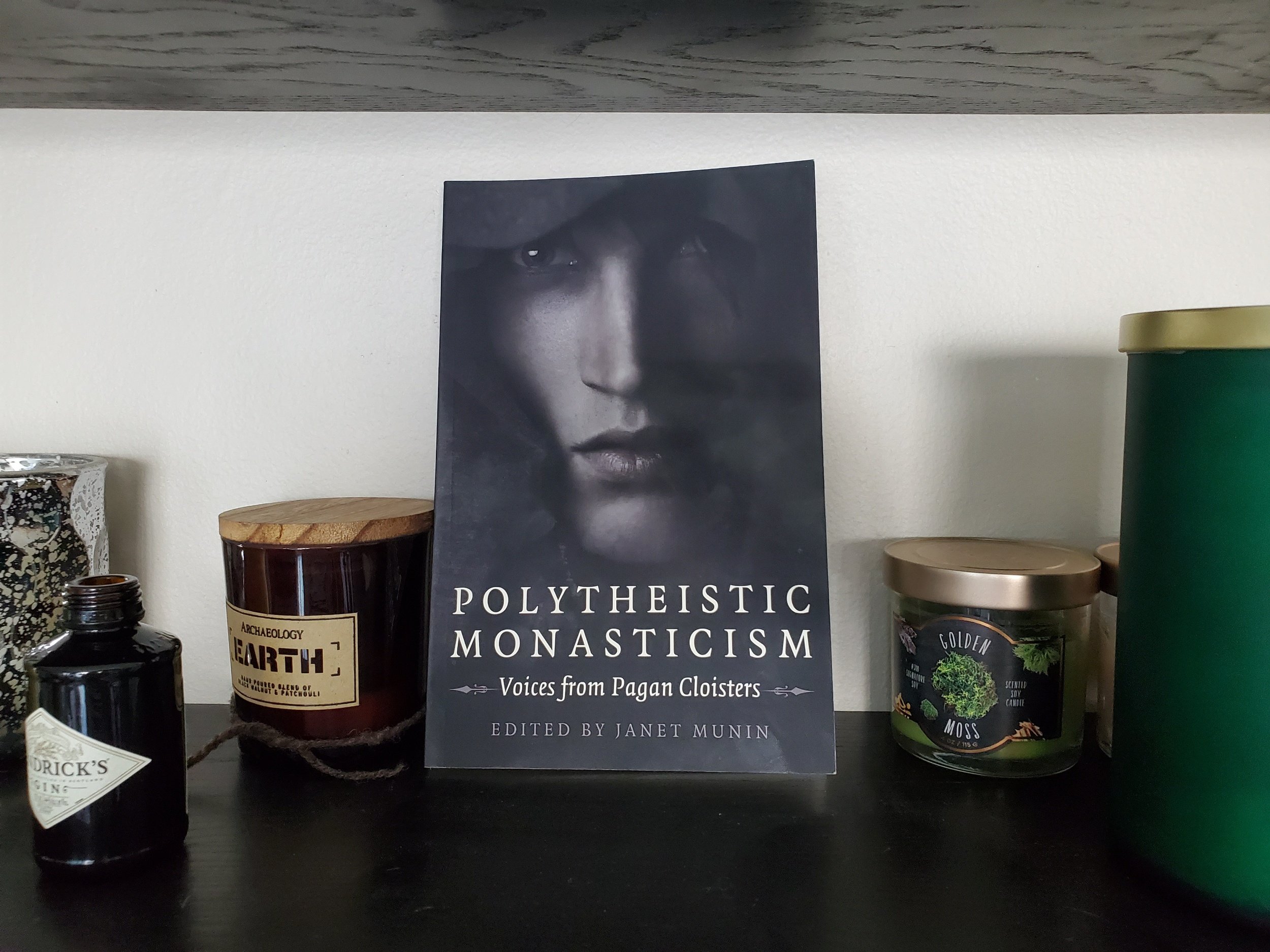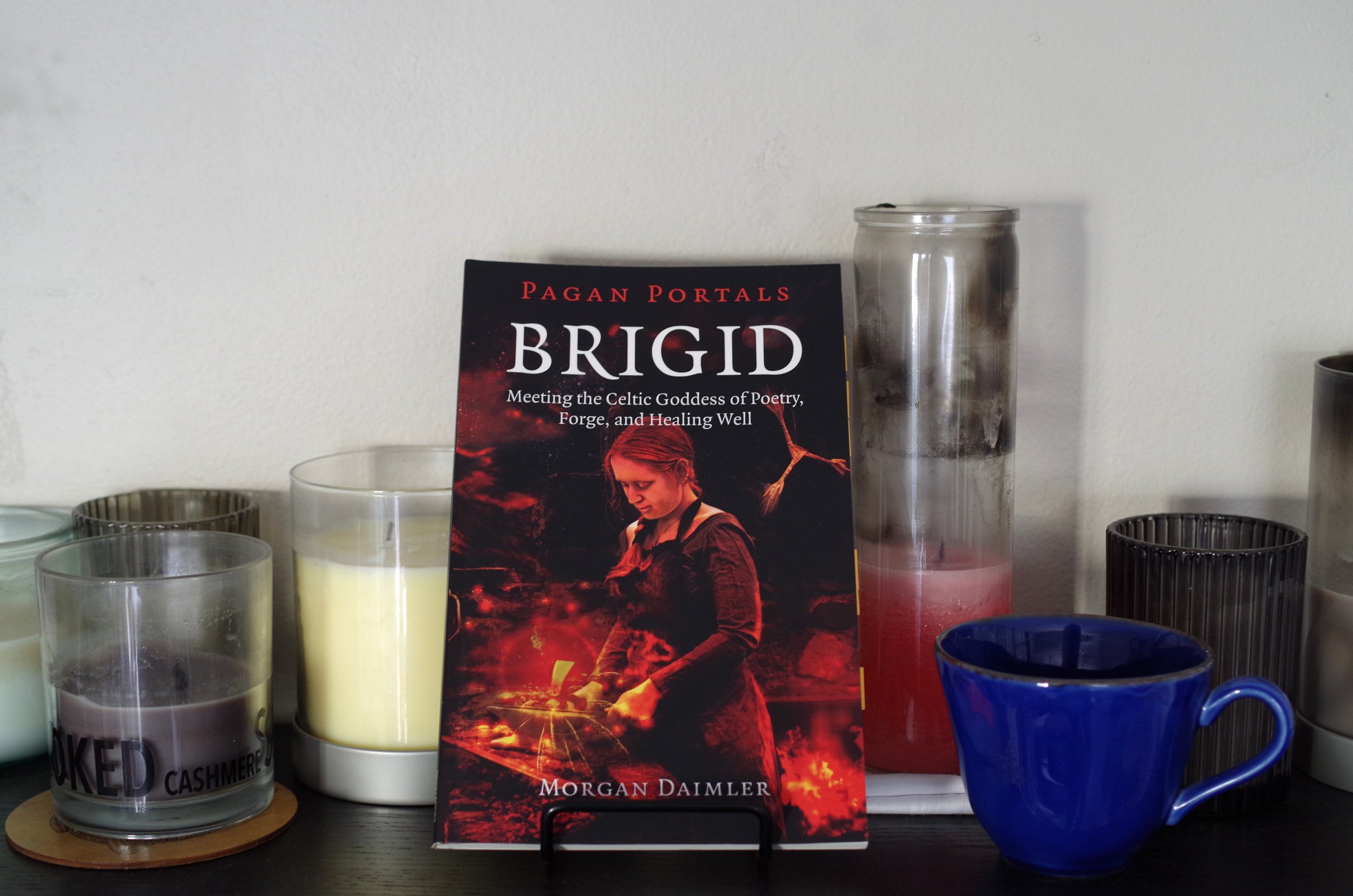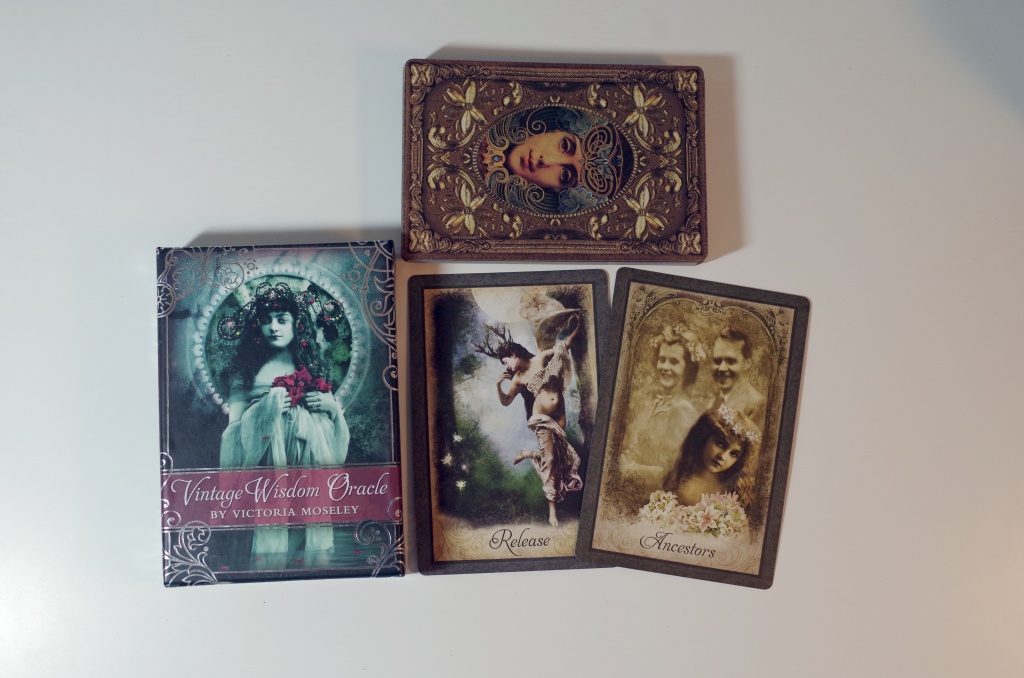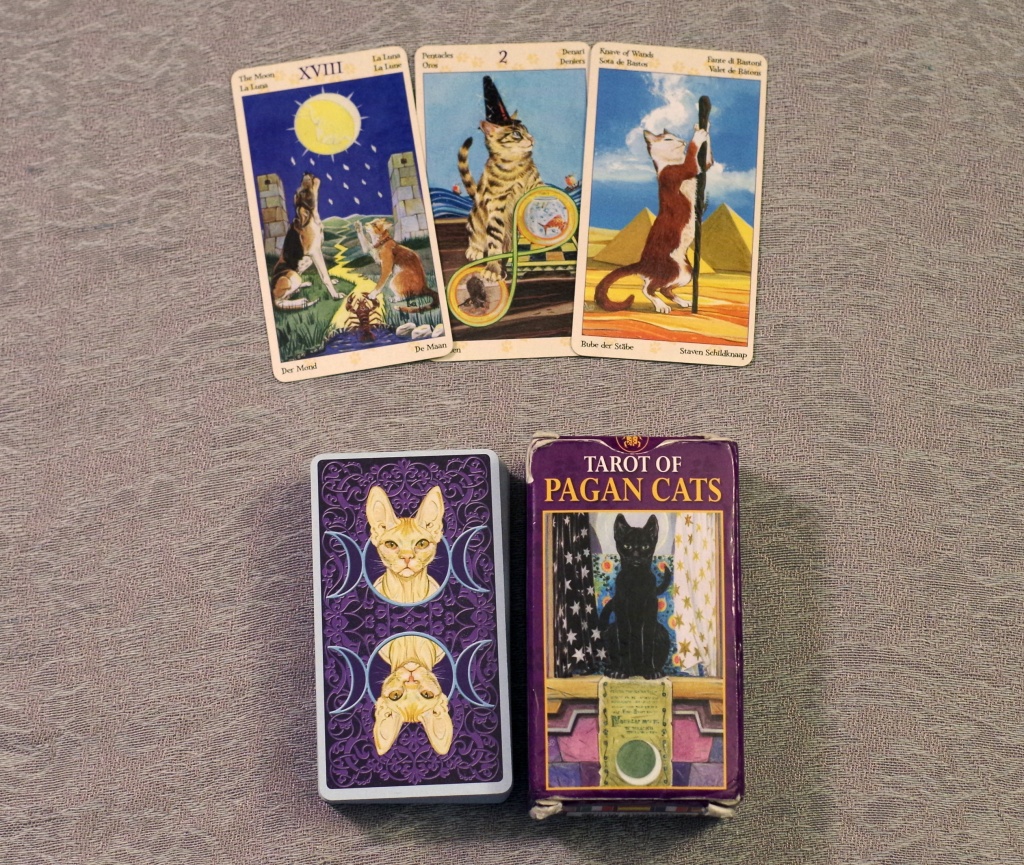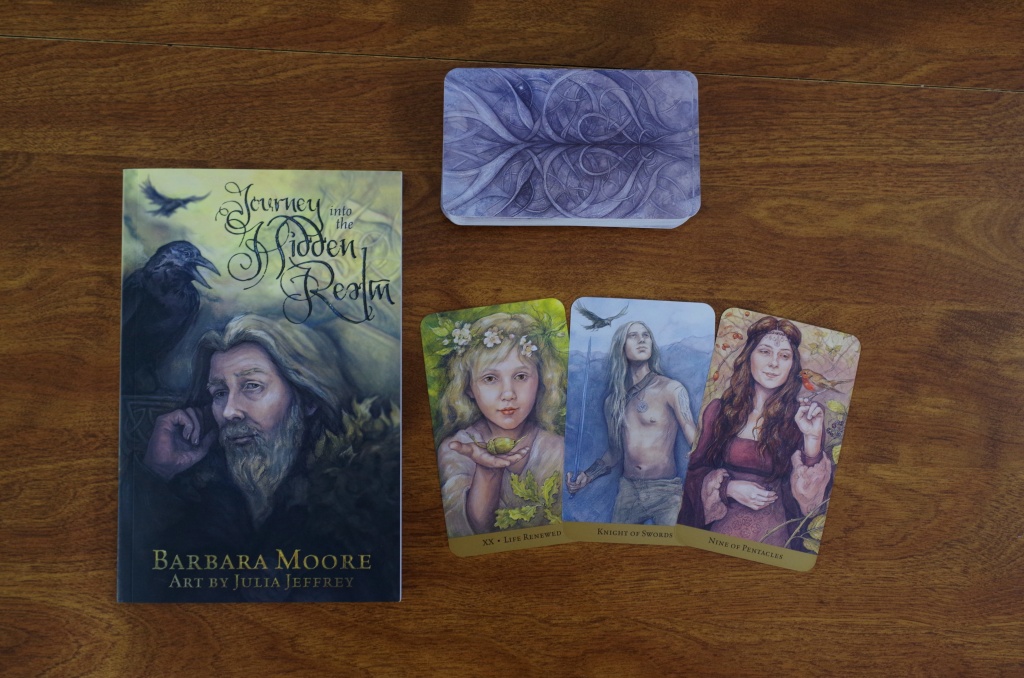I enrolled in John Beckett’s Course 7 at Under the Ancient Oaks on Pagan Monasticism as a Solitary Practitioner because after taking his one-hour class on the same topic at Mystic South back in July, I decided I needed to explore the monastic path more deeply. Now having finished the course and done some reflection and processing and discernment, I’m left with a feeling that roles of monastics/contemplatives and priests overlap considerably, especially the roles of Gods-facing temple priests (rather than a congregation-facing minister priests), which I have considered my calling for a few years now.
Part of my purpose is to (eventually) establish a retreat center that reflects a space in the Otherworlds where I am in service. It’s a bit like a temple and a bit like a hospital and a bit like a spa hotel, and I call it the Waystation. In this world, I envision a space nestled in the woods that hosts workshops, rituals, and retreats, serving the local pagan community. This kind of a space may also make a good space for an annual gathering of contemplatives, who otherwise live most of the time out in the world, as solitary monastics. More than being a monastic myself, I feel called to create and hold space for pagan monastics. In this, I’m not unlike Janet Munin, the editor of the book that served as the class text, “Polytheistic Monasticism: Voices from Pagan Cloisters”, who says she began working on the volume as she was exploring the path for herself, and then came to realize that the path was not her own calling, but writing about it was.
Both Beckett’s course and the book itself were helpful as I created a new structure for my practice, in this time of personal transition. I’ve been figuring out a new schedule for myself since the tail end of August, when the Acorn Sprout started full-time kindergarten. With a little more time on my hands, I needed a new organizational system to keep myself on track, and to keep myself from getting overwhelmed to the point of paralysis with everything I now had time to do that needed to get done. I needed a way to help myself prioritize, and the homework for the second module was to come up with a schedule or calendar for cycles of repetitive practice: daily, weekly, etc. So now I have foci for each day of the week (for my practice but also for my personal life) and hopefully this new schedule will also keep me blogging more regularly! In addition, I’ve adjusted my liturgical calendar to be monthly instead of just the eight neopagan holy days, and October is now the month of Na Morrigna.
As for the class itself, Beckett presents information in an accessible way that also invites deeper contemplation (as per usual). If you’ve enjoyed other classes of his and think this one sounds interesting, you won’t be disappointed! I think the interviews Beckett recorded with some of the authors were probably the most valuable parts of the course, for me; he asked them some of the same questions I would have, and they had enough time to really elaborate in ways it would have been hard to include in the book.
My new week is as follows:
Monday: Order and Organization
Tuesday: Divination and Trancework
Wednesday: Study and Writing
Thursday: Cleansing and Household Concerns
Friday: Divination and Trancework
Saturday: Nature Sprits and Ancestors
Sunday: Fair Folk and Gods
I could have read the book on my own and gotten some good ideas out of it, but I don’t think I would have gotten as much as I did without the format of the class. The structure and time delay for the each module, coupled with the reflective homework and the paired readings, really gave me a good scaffold to lay it all out and examine it more closely. And there was plenty of additional material comparing and contrasting the Benedictine (in a monastery) and Jesuit (out in the world) approaches, and information on various other traditions. The module about what our monastery jobs might be was particularly memorable to me, because the list Beckett gave of possible jobs for those without a physical monastery to upkeep read like a list of my hobbies: academic study, reading, writing, teaching, doing magic, crafting, gardening… Little wonder I’d found the path intriguing, I suppose!
Regarding the book itself (which I suppose I should also briefly review), some of the essays were more relevant to me than others, but that’s how it usually is with edited volumes. Chapter 4, “Called by the Spirits but not to the Priesthood” by Kimberly Kirner was perhaps the most relevant to me — and I came to the opposite conclusion, though for some of the same reasons, as Kirner was mostly contrasting monasticism with ministration. Kirner was also one of the authors that Beckett interviewed, and that helped clarify a few of her points. Chapter 8, “Of Hearth and Shadow: A Contemplative Norse Polytheist and a Fledgling Animist Abbey” by Danica Swanson also really helped me reflect on what I mean by “retreat space” when I say I feel a calling to create one, and I think following the development of the Black Stone Sanctuary will help me plan my own sanctuary as I move forward down my (now clarified) path.
TL;DR: I enjoyed this course and the book, and if either interest you, you should check them out!

